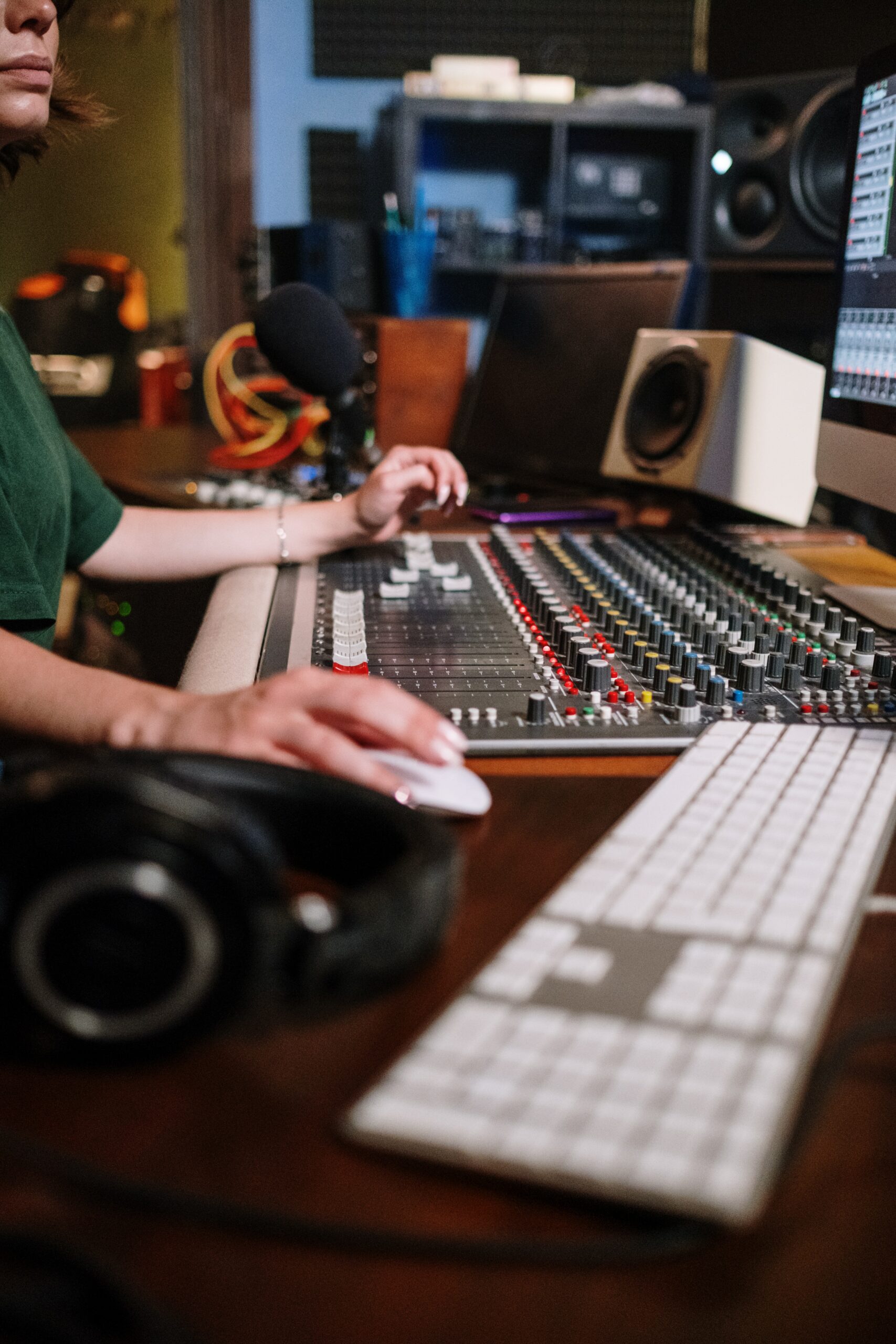In our previous blog we provided an overview of the UK digital audio advertising market, now we’ll explore why digital audio is primed to become a key part of the advertiser’s toolkit. One event is set to shake up the industry that will make the channel even more key to advertisers: the depreciation of cookies.
Google announced the phase out of third party identifiers back in 2021, but since then has repeatedly pushed back the deadline. However, finally in Q1 2024 1% of Google Chrome browser users will have their cookies turned off – with all others phased out by the second half of 2024.
It’s clear then that marketers can no longer rely on third party identifiers. And while the ad tech ecosystem has been looking for solutions to bridge the addressability gap, no clear front runner has emerged. Instead marketers should start thinking outside the box and embrace formats that are, by design, privacy secure – and one of these channels is digital audio.
Holding out for a hero
So why is digital audio ready to step up in a post-cookie world? As we explored in our previous blog, one of the key reasons is simply its ever-growing popularity with consumers. Already 60% of UK consumers say that they listen to digital audio in one format or another weekly.
The increased attention and explosion in listener numbers has led to an expansion in the number of opportunities available to advertisers. Consumers are streaming audio on a range of devices – desktop, mobile, smart speakers and even via CTV. This allows marketers to reach consumers in a wealth of environments and situations.
There has also been growth and development in the buying and delivery of digital audio ads. Like many similarly maturing channels – such as CTV – programmatic purchases are scaling up within digital audio. This currently only accounts for a small amount of the overall ad buys made for digital audio – podcasting advertising for example only has 1.7% of buys made this way. However, its use is becoming more prevalent meaning advertisers will be able to achieve greater scale with their ad buys.
But while achieving scale for ad buys is important, what makes digital audio stand out is the granular, privacy secure targeting it offers.
Finding your audience
For the consumer, the amount of digital audio content available is seemingly endless. It’s currently estimated that there are over 5 million podcast titles, while Spotify estimates that it has over 100 million songs available for streaming on its platform. With the sheer volume of content also comes great variety. Listeners can kick back with their favourite true crime podcast, go jogging while listening to their favourite artist from the lastest micro-genre or listen to an audiobook that expands the world and lore of their favourite sci-fi show.
For advertisers this natural segmentation allows for granular targeting of your selected audience through contextual relevance. Contextual targeting has been tested as one of the solutions for replacing the third-party cookie in online advertising and social media environments, and with content naturally segmented into genres or categories on digital audio, the channel is naturally designed to take advantage of this.
Audiences already respond positively to digital audio ads – 78% of listeners approve of podcast sponsorship for example. The increased contextual relevance of ads to the surrounding content only increases this positive association for consumers. Two-thirds (65%) of UK shoppers state that they have a better perception of an ad if it is more contextually relevant, while 70% are more likely to remember a contextually relevant ad. Brands can even tailor their creative to specific audiences to further enhance the impact of their messaging. Generative AI will likely allow brands to deliver even more targeted messaging at scale – already Spotify is exploring how it can use AI to recreate famous voices to deliver highly personalised messaging.
AI is also likely to play a role in the creation of more granular targeting tools. Podcast network iHeartMedia has developed an AI-driven tool that is able to determine the content and context of any given podcast episode to enable better brand safety and targeting controls for brands. This level of control gives marketers even greater precision over where their digital audio ads appear to ensure that they have the maximum contextual impact.
The long and winding road
While digital audio already offers many opportunities for advertisers, there are still areas of improvement needed if it is to truly become a post-cookie must-have. There are transparency issues when it comes to measurement, for example. While advertisers may be able to clearly see if an ad was served, clarity as to whether it was actually listened to or if the listener simply turned it down or skipped is often not available. Much of digital audio is accessible only through platforms – such as Spotify, Acast, or Audible – advertisers are often reliant on these companies for measurement and targeting data.
However, with audiences continuing to flock to digital audio and the deadline for the depreciation of cookies inching closer, there is no time like the present for marketers to dive into the world of digital audio advertising.
To discuss how we can help you reap the benefits of digital audio advertising, contact us sbs-sourcing.com
LinkedIn: As the deadline for the depreciation of the third party cookie inches ever close, marketers should already be looking for solutions if they are to be able to continue reaching their audiences.
Some channels are already set to thrive in the post-cookie world – and one of those is digital audio.
In our latest article we explore why marketers should look to embrace digital audio advertising in a post cookie world.

